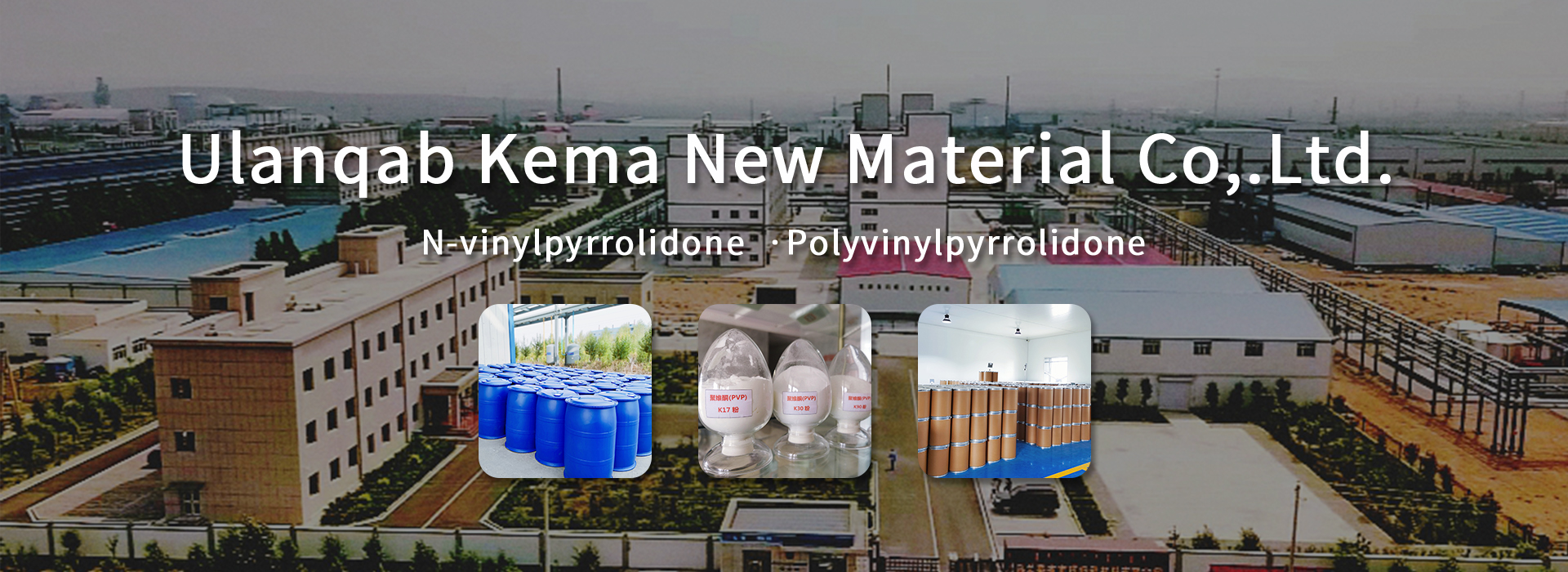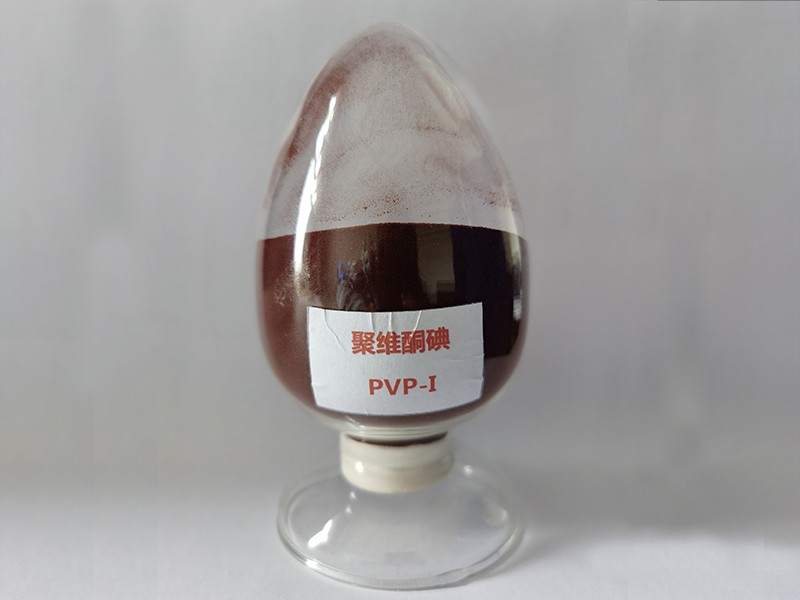Thickeners are required for every type of cosmetics. It plays a vital role. Different thickeners produce different aqueous solutions. There are many substances that can be used as thickeners. The presence of electrolytes increases the number of associations of micelles and makes the two molecules oriented very tightly on the surface. From the perspective of relative molecular mass, there are low-molecular thickeners that increase the resistance to movement. Large, there are also polymer thickeners; from the perspective of functional groups, there are electrolytes, alcohols, amides, carboxylic acids and esters, etc. Because they have both lipophilic groups and hydrophilic groups. (Pyrrolidone) The thickener is classified according to the classification method of cosmetic raw materials. 1. Low-molecular-weight thickening, inorganic salts. The system that uses inorganic salts as thickeners is generally a surfactant aqueous solution system. The commonly used inorganic salt thickener is sodium chloride to thicken. Surfactants form micelles in the aqueous solution, resulting in the conversion of spherical micelles to rod-shaped micelles, thereby increasing the viscosity of the system. (Pyrrolidone) However, when the electrolyte is excessive, it will affect the structure of the micelles, the movement resistance, and the viscosity of the system. This is the so-called "salting out". Therefore, the amount of electrolyte added is generally 1%-2% by mass, and it works with other types of thickeners to make the system more stable.
Fatty alcohols and fatty acids are polar substances. The presence of a small amount of these substances has a significant effect on the surface tension, OMC and other properties of the surfactant. The effect size increases with the lengthening of the carbon chain, showing a linear relationship. . (Pyrrolidone) The principle of action is that fatty alcohols and fatty acids can insert surfactant micelles to promote the formation of micelles. At the same time, due to the strong interaction between the polar substance and the surfactant molecules (hydrophobicity between hydrocarbon chains) The role plus the hydrogen bonding between the polar heads) greatly changes the properties of surfactant micelles and achieves thickening.
As a result, PVP is widely used as an auxiliary material for preparations, and its specific applications are as follows: ①Used as a binder for preparations ②Co-precipitating agent ③As a co-solvent or crystal formation inhibitor in injections ④Coating or film-forming agent ⑤ Controllable release of retarder and slow-release agent can prolong the action time ⑥ artificial vitreous and cornea ⑦ surgical bandage ⑧ PVP iodine disinfectant. In addition, PVP can also be used as a coloring agent and X-ray contrast agent; it can be used in a variety of dosage forms such as tablets, granules, liquids, etc., and has the effects of detoxification, hemostasis, increasing dissolved concentration, preventing peritoneal adhesions, and promoting erythrocyte sedimentation rate.




 全国服务热线
全国服务热线
